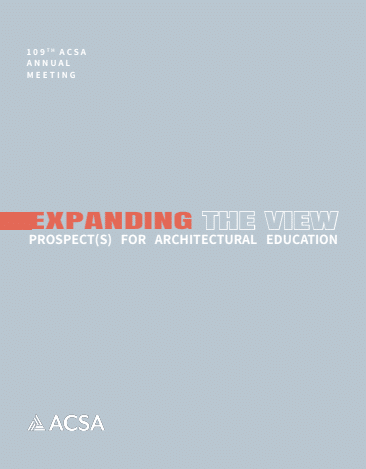Author(s): Miguel Guitart & Laura Garofalo
Building lighter and thinner has conceptually targeted the reduction of energy and labor in processes of construction and material production. However, this thinning does not always mean a reduction in energy use as shown by the expenditure of energy required to control a thin envelope’s ambient sequestration or the production of the preferred materials for the thin envelope. Despite these considerations, architectural production has evolved from thick enclosures to thin solutions. The pattern that is predicated on minimum material envelopes and energy-dependent standardized ambient conditioning requirements has produced an energy-hungry building stock. Reversing the typical constructive paradigm from thinness to thickness poses reversals of norms, with the potential to manage carbon emissions through production, maintenance, and conditioning. The preferred ratio of thin enclosure and large interior volume is redefined in favor of a performative thick boundary layer and a less energy-hungry interior. Terra Cotta Grotto proposes a return to mass in architecture, redefined through the contemporary lens of thermodynamic and ambient processes that, at certain scales, dematerializes the very solid boundary layer and provokes a critical discussion around how thickness can redefine our carbon footprint.
https://doi.org/10.35483/ACSA.AM.109.5
Volume Editors
ISBN
978-1-944214-37-1

 Study Architecture
Study Architecture  ProPEL
ProPEL 
